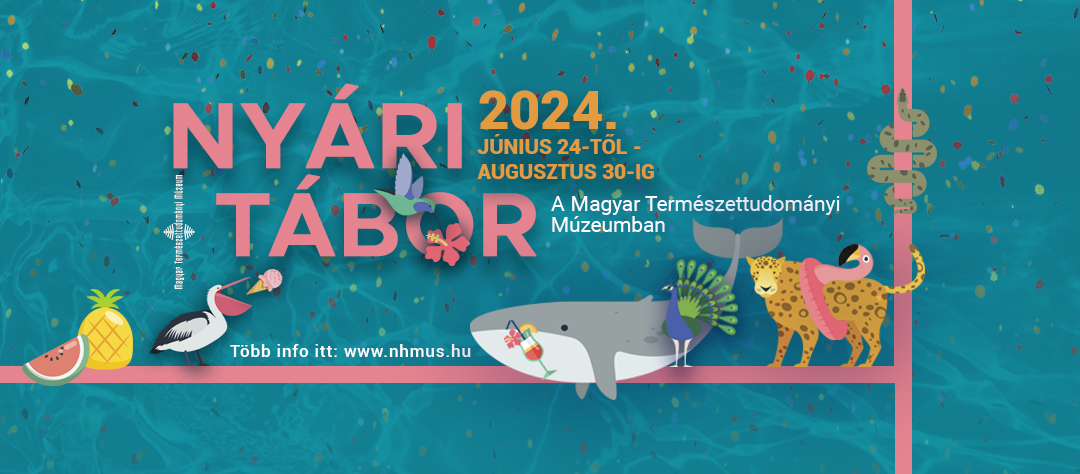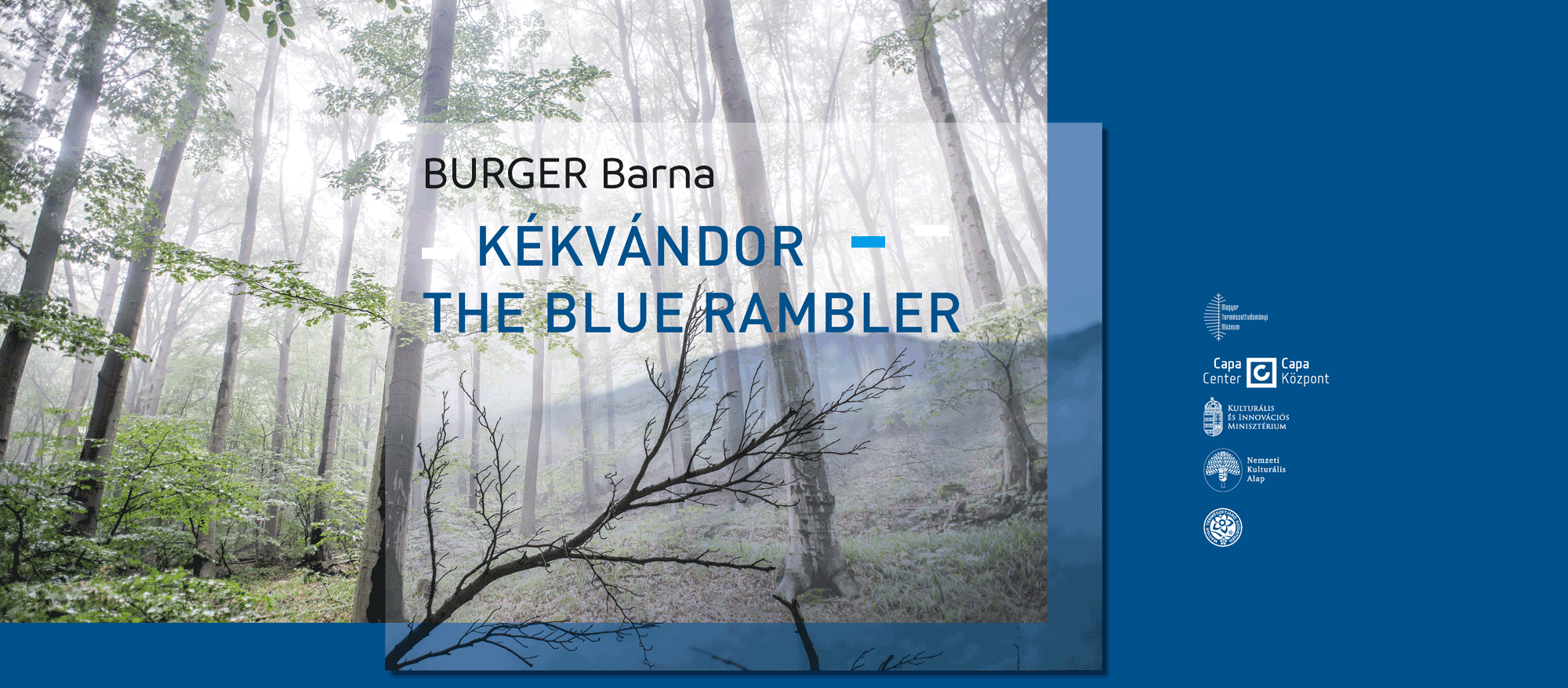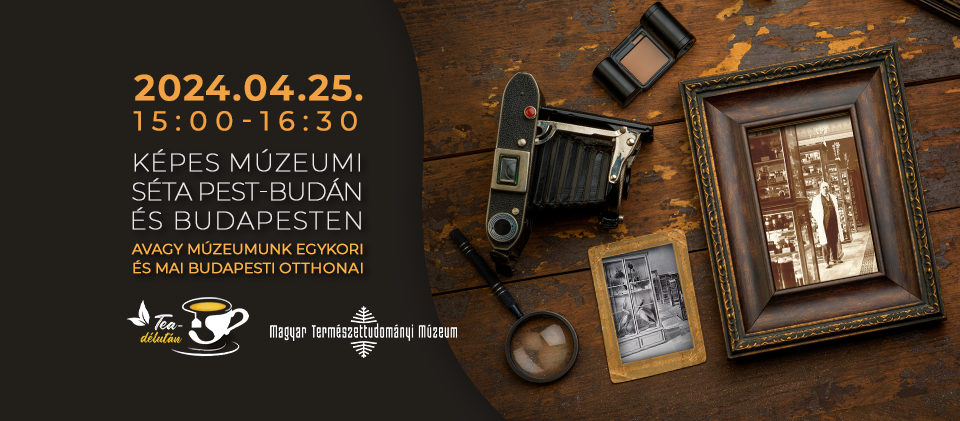updated: 04.03.2021
The historical roots of the bryophyte collection (much like any other collection of the Department) go back to Pál Kitaibel’s works, who was engaged with botany and also had acquaintanceship with significant bryologists of his age, including Hedwig.
Until 1870, the year of the formal foundation of the Botanical Department, the enrichment of the bryophyte material had been unsystematic, sometimes coincidental. For instance, this was the way we obtained the bryophytes collection of Sadler and Gyula Kováts (including material from Albach!).
In 1894 Frigyes Hazslinszky’s bryophyte materials joined to our collection, bringing the voucher specimens of the first Hungarian handbook of bryophytes. The legacy of Haynald considerably increased the value of the bryophyte collection as well.
In 1905 János Szurák (aka Szepesfalvy) was appointed the first custodian of the individual Collection. He unified the bryophyte materials, organized the incoming exsiccatae in order and began an intensive collecting work. At the same time, other experts of the Department, such as Kümmerle, Filarszky and Moesz also enriched the collection.
The most significant acquisition before World War I was the bryophytes from the herbaria of Barth, Simonkai and Schilberszky.
Another date of decisive importance was 1934, when three cases with bryophytes of the Degen herbarium arrived including the world famous materials of Karl Gustav Limpricht that contains many type specimens described by him and his contemporaries as well as the voucher specimens of his famous monograph. The core collection was transferred to the countryside in 1944 as a result of protecting consideration, however, a large part of it could not survive the wartime after all. Luckily, as there was no time to have the Degen material before the World War II, it remained for the posterity unscathed.
In 1952, László Vajda was the senior bryologist, and from 1955 after he had retired he continued to work for the Museum. László Vajda had a major part in the bryological description of the Hungarian flora (nearly 100 of the 659 known species), as well as in the development of the original collected material of the herbarium. His collecting trips were extended all over the Carpathian Basin and beyond, but mainly to Bulgaria and former Yugoslavia. He contributed 18,000 specimens to the Collection which were also the basis of several floristical publications. Apart from László Vajda, Tamás Pócs should be mentioned as an important character of the development works from 1957.
From 1965 Zsolt Debreczy was in charge as the curator, who was followed by Sándor Orbán in 1971.
In 1970, the valuable bryophyte herbarium of István Győrffy (11,000 specimens) was donated to the Museum, containing Győrffy’s own collection, significant exchange materials and several cotypes as well. The Boros herbarium, comprising almost half of our current collection was obtained four years later. This material (ca 80,000 specimens) shows a complete image of the bryophyte flora of Hungary and the Carpathian Basin and preserves voucher specimens of Boros’s monographs “Bryogeographie und Bryoflora Ungarns” and “An atlas of recent European moss spores”.
On the basis of the Bryophyte Collection and the Boros’s catalogue Sándor Orbán and László Vajda published the Handbook of the Hungarian bryoflora in 1983.
In 1976 Miklós Rajczy was appointed the curator of the collection and since 1992 Beáta Papp has been in charge.
From the 1990’s the exploration of the bryophyte diversity of Balkan peninsula became a priority. Due to Papp Beáta’s more than 60 expeditions (which enriched the collection with nearly 20.000 spceimens) the Bryophyte Collection of the Hungarian Natural History Museum holds the largest and one of the most important Balkan bryophyte collection in the world. The research projects within Hungary, such as the bryophyte monitoring of the Hungarian National Biodiversity-monitoring System and the investigation on the distribution of rare and threatened bryophytes also resulted in significant growth of the collection.



